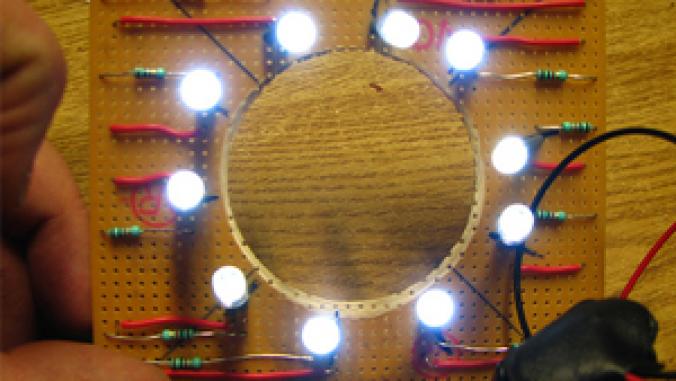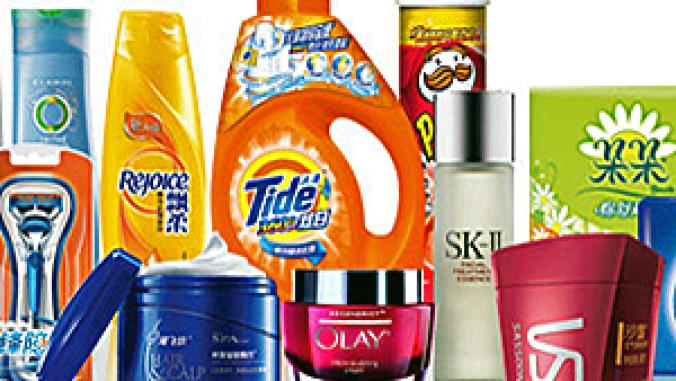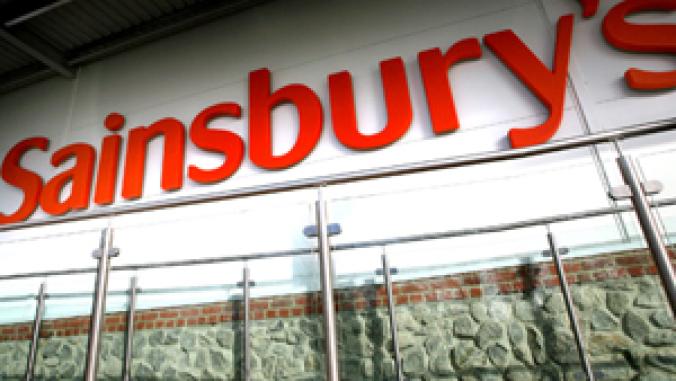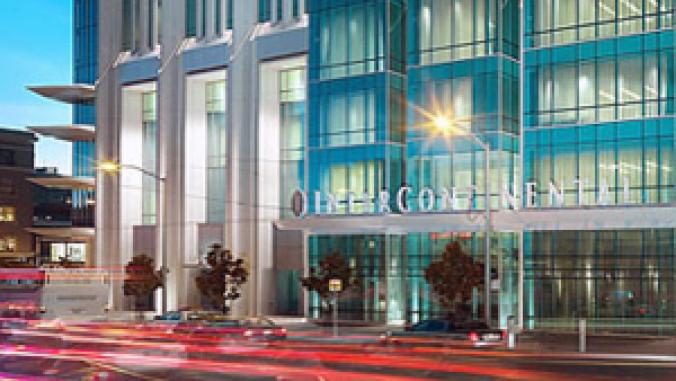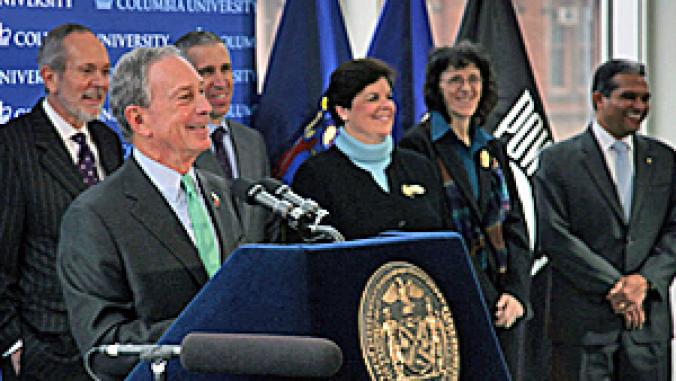GreenBuild Roundup Day Two: Codes, Carpets and Certificates
The second day of the 2007 GreenBuild Conference and expo brought new green building codes from the city of Portland, Ore., new guidelines for certifying sustainable carpet products, and the release of the first of the new LEED for Homes certificates.
Day two of the 2007 GreenBuild Expo brought a slew of news and releases covering the entire life cycle of a green building.
First, in the announcement stage of building projects, developer Robert Congel said he had developed plans to build a 40-floor, super-green hotel and resort as part of a megamall project under way in Syracuse, N.Y. The hotel will have a planned 1,342 rooms and would aim to be the world's largest green-energy complex.
A building that green would do well in Portland, Ore., which yesterday announced the country's first tax on energy-inefficient buildings. The ambitious plan covers existing and new construction, for both commercial and residential buildings. If it gets passed by city residents, the plan will go into effect in 2010, and would levy taxes on builders of projects that merely meet the city's building code requirements for energy efficiency. Projects that exceed those requirements by 30 to 45 percent will avoid the fee, and buildings that save 45 percent or more energy than the building codes will be eligible for cash rewards.
The Portland Oregonian newspaper reported that some builders immediately began pushing back against the proposal, although the city overall has a profoundly green reputation and has a well established green building industry.
Also unveiled yesterday was the annual Top 10 Green Building Products list from BuildingGreen. This year's list included a range of high-tech and low-tech products that cover every aspect of building, from sustainable wall coverings to recycled and toxin-free children's furniture, as well as building-automation controls, dishwashers and formaldehyde-free particleboard.
The carpet industry announced a new, unified standard for identifying sustainable carpet products at GreenBuild as well. The NSF/ANSI standard 140-2007 from the Carpet and Rug Institute was created to establish metrics to rate the sustainability of carpets across the supply chain, focusing specifically on public health and the environment, energy efficiency, environmentally preferably materials, manufacturing practices, and end-of-life reclamations.
If carpet's not your bag, FGS-Permashine released a new white paper at GreenBuild about the LEED benefits of its polished concrete floors (a technology which made it onto BuildingGreen's 2006 Top 10 List. The white paper, which can be ordered from FGS-Permashine, goes into great detail about the ways that polished concrete floors can help earn LEED points for new and existing building products.
At the finished-product stage of building, the U.S. Green Building Council handed out the first certificates in the new LEED for Homes category. Among the first recipients were Alta Log Homes, which in addition to receiving the LEED certificate are also Energy Star certified by the U.S. EPA.
Finally, at GreenBuild this week the Holcim Foundation opened the call for submissions to its 2007/2008 Holcim Awards for Sustainable Construction. The $2 million prize is awarded every three years for construction projects that showcase the latest innovations in technological, environmental, socio-economic and cultural issues that affect building and construction projects.
First, in the announcement stage of building projects, developer Robert Congel said he had developed plans to build a 40-floor, super-green hotel and resort as part of a megamall project under way in Syracuse, N.Y. The hotel will have a planned 1,342 rooms and would aim to be the world's largest green-energy complex.
A building that green would do well in Portland, Ore., which yesterday announced the country's first tax on energy-inefficient buildings. The ambitious plan covers existing and new construction, for both commercial and residential buildings. If it gets passed by city residents, the plan will go into effect in 2010, and would levy taxes on builders of projects that merely meet the city's building code requirements for energy efficiency. Projects that exceed those requirements by 30 to 45 percent will avoid the fee, and buildings that save 45 percent or more energy than the building codes will be eligible for cash rewards.
The Portland Oregonian newspaper reported that some builders immediately began pushing back against the proposal, although the city overall has a profoundly green reputation and has a well established green building industry.
Also unveiled yesterday was the annual Top 10 Green Building Products list from BuildingGreen. This year's list included a range of high-tech and low-tech products that cover every aspect of building, from sustainable wall coverings to recycled and toxin-free children's furniture, as well as building-automation controls, dishwashers and formaldehyde-free particleboard.
The carpet industry announced a new, unified standard for identifying sustainable carpet products at GreenBuild as well. The NSF/ANSI standard 140-2007 from the Carpet and Rug Institute was created to establish metrics to rate the sustainability of carpets across the supply chain, focusing specifically on public health and the environment, energy efficiency, environmentally preferably materials, manufacturing practices, and end-of-life reclamations.
If carpet's not your bag, FGS-Permashine released a new white paper at GreenBuild about the LEED benefits of its polished concrete floors (a technology which made it onto BuildingGreen's 2006 Top 10 List. The white paper, which can be ordered from FGS-Permashine, goes into great detail about the ways that polished concrete floors can help earn LEED points for new and existing building products.
At the finished-product stage of building, the U.S. Green Building Council handed out the first certificates in the new LEED for Homes category. Among the first recipients were Alta Log Homes, which in addition to receiving the LEED certificate are also Energy Star certified by the U.S. EPA.
Finally, at GreenBuild this week the Holcim Foundation opened the call for submissions to its 2007/2008 Holcim Awards for Sustainable Construction. The $2 million prize is awarded every three years for construction projects that showcase the latest innovations in technological, environmental, socio-economic and cultural issues that affect building and construction projects.
